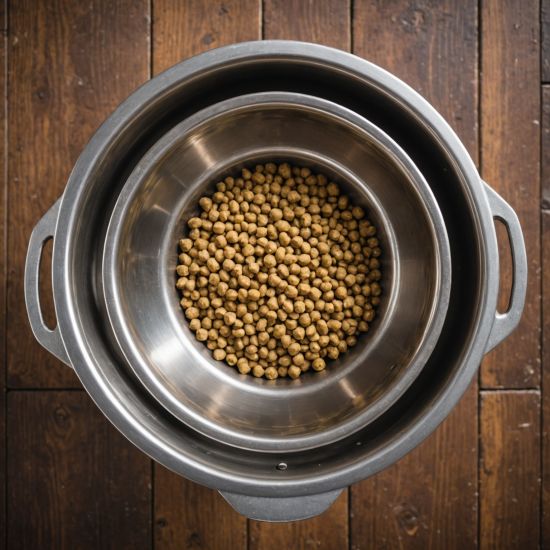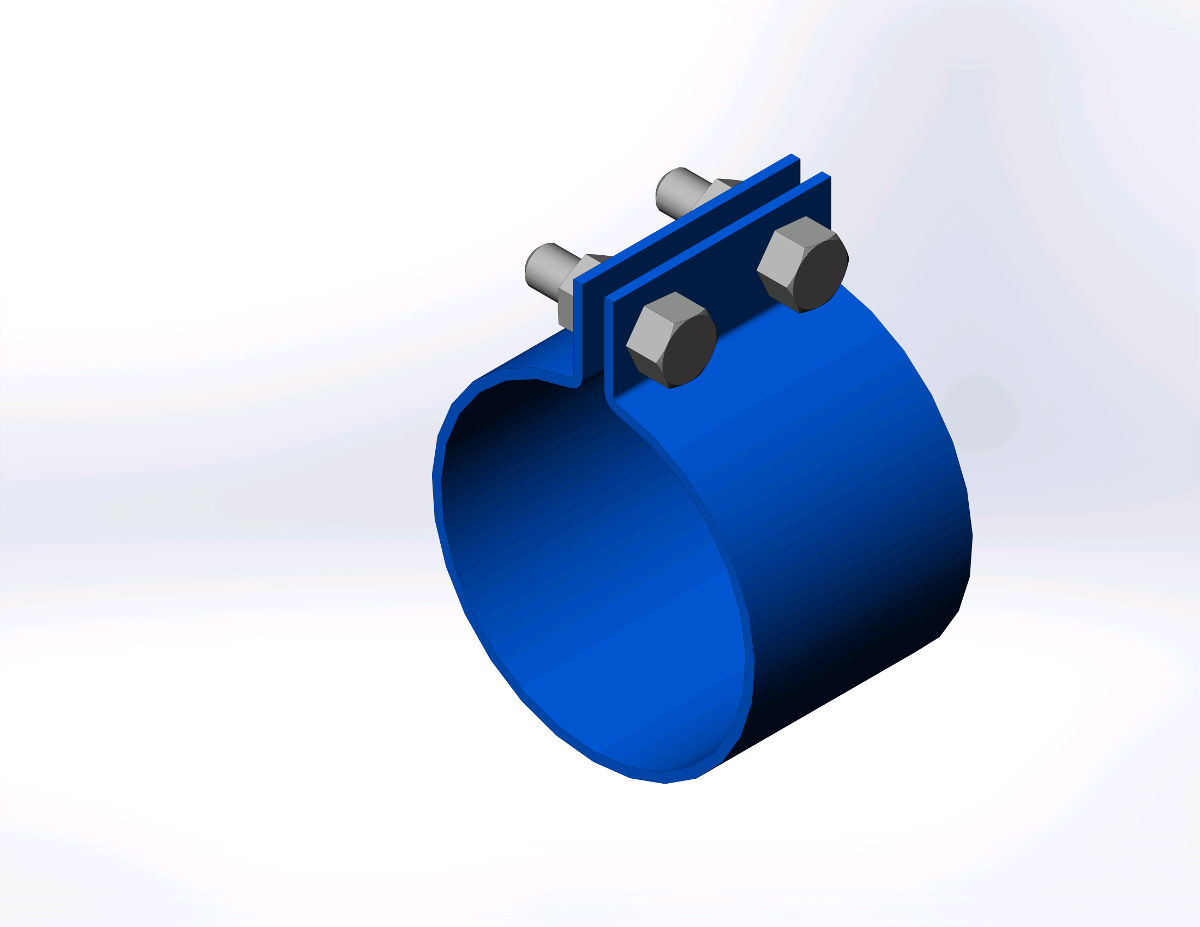Grain-Free vs. Grain-Inclusive Dog Food: A Puppy and Adult Dog Comparison

Choosing the right food for your canine companion is crucial for their health and well-being. This article compares grain-free and grain-inclusive dog foods, focusing on their effects on puppies and adult dogs. While both types offer nutritional benefits, significant differences exist, especially concerning their impact on long-term health.
Grain-Inclusive Dog Food
Grain-inclusive dog foods, as the name suggests, incorporate grains like rice, corn, wheat, barley, and oats as primary ingredients. These grains provide carbohydrates, which serve as a readily available energy source for dogs. They also often contain fiber, contributing to healthy digestion. Many commercially available brands offer grain-inclusive options formulated to meet the Association of American Feed Control Officials (AAFCO) nutritional standards for different life stages AAFCO website. These foods typically cost less than grain-free alternatives.
Historically, grain-inclusive diets have formed the basis of canine nutrition, and while some dogs may experience sensitivities, the majority tolerate grains well. Furthermore, research indicates a correlation between a balanced diet inclusive of grains and a reduced risk of certain health conditions.
Grain-Free Dog Food
Grain-free dog food eliminates grains entirely, replacing them with alternative carbohydrate sources such as potatoes, peas, lentils, or sweet potatoes. Proponents argue this approach is beneficial for dogs with grain allergies or intolerances, leading to improved digestion and reduced symptoms like itching, diarrhea, and vomiting. Many grain-free options emphasize higher protein content from meat sources. However, the higher price point and potentially less digestible carbohydrate sources are key drawbacks.
While initially popular for addressing allergies, concerns have been raised regarding the long-term effects of certain grain-free diets, particularly in relation to dilated cardiomyopathy (DCM). Studies have linked some grain-free diets, especially those high in legumes and alternative carbohydrates, to an increased risk of this heart condition in dogs, like this one. This association remains a subject of ongoing research and debate.
Comparing Grain-Free and Grain-Inclusive Diets for Puppies and Adult Dogs:
| Feature | Grain-Inclusive | Grain-Free |
|---|---|---|
| Carbohydrate Source | Grains (rice, corn, wheat, etc.) | Potatoes, peas, lentils, sweet potatoes, etc. |
| Protein Source | Typically meat, poultry, or fish, often lower | Typically meat, poultry, or fish, often higher |
| Cost | Generally less expensive | Generally more expensive |
| Digestibility | Generally highly digestible for most dogs | Can vary; some dogs may have difficulty digesting alternative carb sources |
| Potential Risks | Less linked to DCM; potential for grain allergies | Linked to DCM in some cases; potential for other allergies/intolerances |
| Puppy suitability | Suitable when formulated for puppies | Needs careful selection; not all formulas are ideal for growing puppies |
| Adult suitability | Suitable for most adult dogs | Suitable for adults, but careful ingredient consideration needed |
Key Differences Summarized:
The most significant differences lie in the carbohydrate source, cost, and potential health risks. Grain-inclusive foods offer a readily available and generally well-tolerated energy source at a lower cost. However, grain-free diets are marketed for addressing allergies. Crucially, the potential link between some grain-free diets and DCM highlights a substantial health concern that warrants careful consideration. When choosing a diet for your puppy or adult dog, consult with your veterinarian. They can help you assess your dog's individual needs and sensitivities, and guide you towards a nutritionally balanced diet that minimizes potential risks. Always prioritize a high-quality food that meets AAFCO standards, regardless of whether it is grain-inclusive or grain-free.






